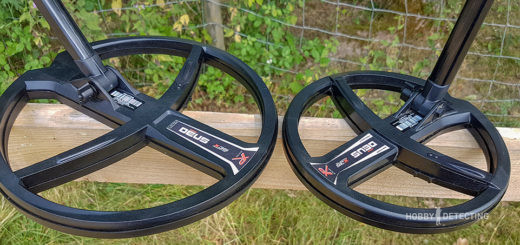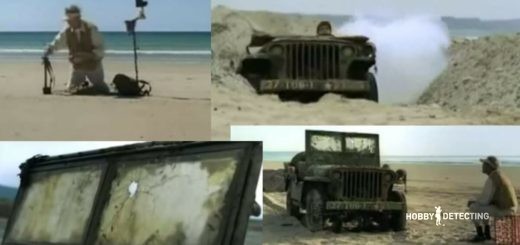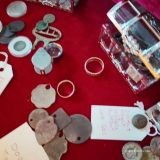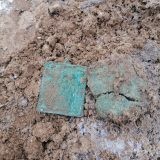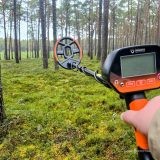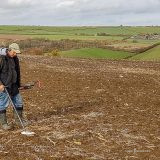German “Feldflasche 1931” (Identifying Finds, Photos+)
When detecting WW2 artifacts, one of the most frequent findings beside bullets can be German field flasks. And now we will discuss the most common German canteens that you will find from World War II.
Of the many canteens which can occur when detecting a ww2 battlefield is the early-war model. This model, the 1931 German “Feldflasche 1931”, was used in all parts of the war, from the beginning to the end in May 1945.
The standard German canteen from 1931 haa a volume of 0.8 liters, it is made of aluminum, it comes with lids and cups with foldable handles which are also made in aluminum. The flasks were usually dressed in a cloth cover, performing the role of keeping it warm or cold like a thermos. Around this cover there was usually a rectangular buckle strap and a carabiner for securing the jar on the bag.
The canteen normally had the designation of the plant manufacturer – a letter code and year of manufacture. This marking was embossed on the neck of the jar, cover and cup.
Furthermore, the same marking, but in ink was put on the inner side of the cover, on the ribbon running along the edge near the buttons, as well as on the reverse side of the strap. In the photo below the mark is seen on the neck and the lid of the canteen.
In the forests and fields these jars are often found in a very bad condition – all holed by shrapnel and bullets. However, there is a possibility of finding such items in a good condition suitable for its intended use.
Here is an example of a field dug canteen with signs of a nearby explosion:
In the former German-occupied areas it is not uncommon to find such a canteen on the attics or in the basements of old houses. They could easily be forgotten by the former house guests. These kind of finds differ much from the ground-dug ones. They are often more well-preserved, although the cover is probably eaten up by the moth.
Read further about what might be under your coil here …





